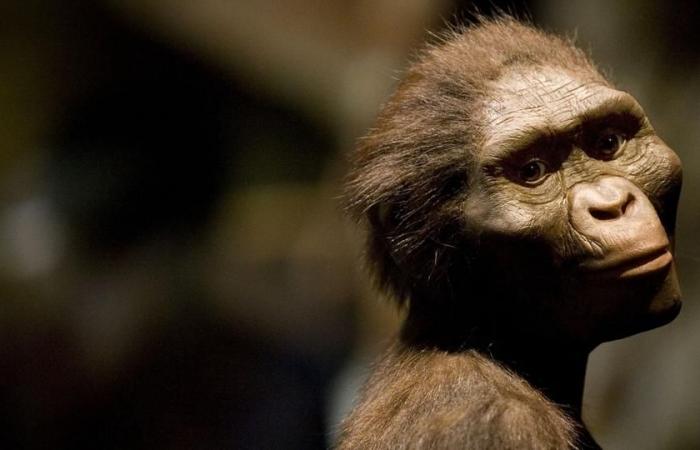This Sunday, November 24, coincides with the 50th anniversary of the discovery of Lucy, a partial Australopithecus skeleton dated to 3.18 million years old. An event that disrupted the pattern of our evolution.
It was 50 years ago. On November 24, 1974, in Ethiopia, more precisely in the Afar region, a scientific team discovered 52 fragments of bones, skull, pelvis, femur as well as dental remains, making up approximately 40% of the skeleton of “Lucy”, the most famous Australopithecus dating back 3.18 million years.
At the time, scientists were surprised, particularly because of the exceptional state of preservation of Lucy's fossil skeleton. But, since this discovery, “other fossils and stone tools have been found in the same region, giving ever more indications on the adaptation of australopithecines to their environment, their diet and their way of life”, can we read on the website of the National Center for Scientific Research (CNRS).
Nonetheless, the bipedal hominid fossil of “Lucy,” originally named AL-288-1, revolutionized scientific research and understanding of our ancestors. Indeed, Lucy would have died possibly between 11 and 13 years old, which is considered an adult age for this species.
“Lucy” had back problems
She measures 1.10 m tall and weighs 29 kg. It is kept in a room not open to the public at the National Museum of Ethiopia, in the heart of the capital Addis Ababa. For Sahleselasie Melaku, who heads the paleontology department, Lucy changed “the perception of human evolution”.
The paleontologist, interviewed by AFP, points in particular to a slightly deformed vertebra. “That means she probably had back problems,” he emphasizes.
“The discovery of Lucy was quite an exceptional moment because we have to realize that 50 years ago, we ultimately knew very little before 3 million years and we had nothing as complete,” remarks Jean-Renaud Boisserie, paleontologist, research director at the CNRS, assigned to the French Center for Ethiopian Studies.
Always studied, Lucy has not yet revealed all her secrets. According to a study published in 2016, it spent a third of its time in trees, where it nested, and had very developed upper limbs.
She died after falling from a tree, according to a study in the American journal PLOS One the same year.
A “very mature” brain
In 2022, another study published in the journal The Nature and focusing in particular on Lucy's pelvis, concluded that newborn australopithecines had a very immature brain, like current newborns, and required the cooperation of the parents to take care of them.


“There are still many unanswered questions,” said Sahleselasie Melaku, before continuing: “In particular, we do not know much more about the childhoods of these ancestors.”
For the paleontologist, scientific progress and more advanced equipment allow us to further our understanding.
“The studies that can be carried out on it, on its peers, pose the scientific questions of tomorrow,” underlines Jean-Renaud Boisserie: “Material as exceptional as this has a driving role in the evolution of research.”








